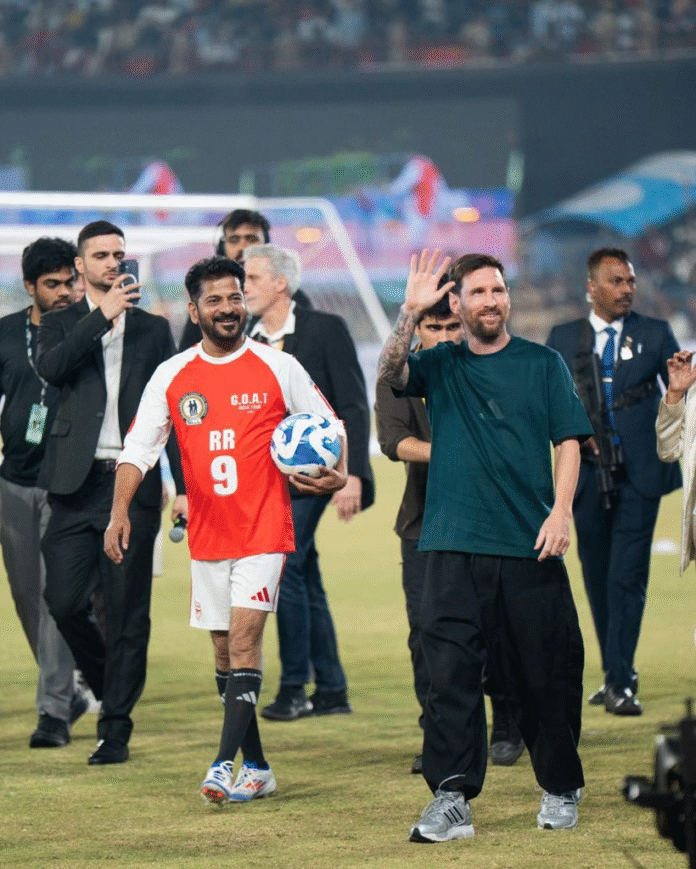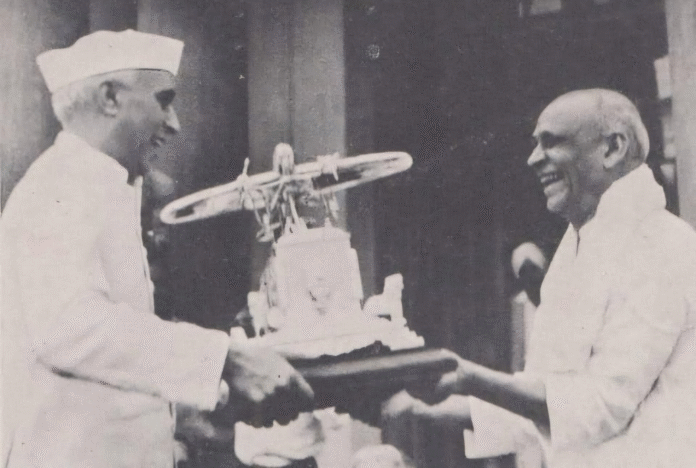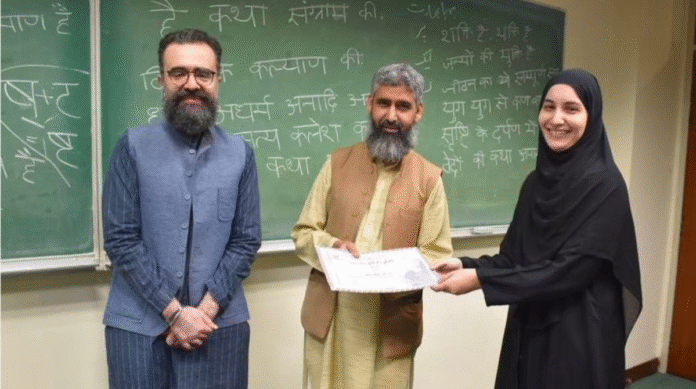For football fans across India, the mere mention of Lionel Messi sparks excitement, debate, and anticipation. But what was supposed to be a dream visit for Kolkata turned into a rollercoaster of confusion, misplaced announcements, and frustration only for all eyes to shift to Hyderabad, where the Argentine superstar finally landed, reigniting hope and frenzy.
The Kolkata build up: Dreams and hype
The buzz started when organisers hinted that Messi could include Kolkata in his India tour. Social media exploded with memes, banners sprouted across the city, and fans envisioned the unthinkable: the World Cup-winning icon walking the streets, visiting iconic football stadiums, and interacting with local supporters. Kolkata, a city synonymous with football passion, embraced the idea wholeheartedly.
Big promises, bigger expectations
Organisers and local authorities painted grand plans. Messi was expected to attend football events, meet fans, and inspire grassroots football programs. With every press statement, fan expectations skyrocketed. Yet, amidst all the hype, there was no official confirmation from Messi’s camp or his club, Inter Miami, leaving a huge gap between dream and reality.
Kolkata chaos: Confusion and contradictions
As the dates approached, inconsistencies surfaced. Proposed venues remained unbooked, announcements were retracted, and officials gave conflicting statements. Fans were left bewildered. Social media oscillated between excitement and disappointment. What was meant to be a historic footballing moment gradually turned into a public embarrassment, and the city’s football pride took an unintended hit.
Hyderabad to the rescue: Messi finally arrives
While Kolkata’s hype fizzled into confusion, Hyderabad became the focal point of the tour. Lionel Messi landed in the city, sparking an unparalleled frenzy. Thousands of fans thronged the streets and stadiums, determined not to miss even a glimpse of the GOAT. Unlike Kolkata, Hyderabad managed a more organised reception, turning anticipation into a tangible celebration. Fans flooded social media with videos, pictures, and reactions as Messi’s presence brought the dream back to life.
The GOAT lives up to the hype in Hyderabad
For fans, the Hyderabad arrival reaffirmed Messi’s superstar status. After the chaos in Kolkata, witnessing Messi in action, interacting with fans, and spreading his magic on Indian soil reminded the nation why he is revered worldwide. Kolkata’s disappointment faded into memory, but the lessons remain and the Messi mania in India is far from over.












